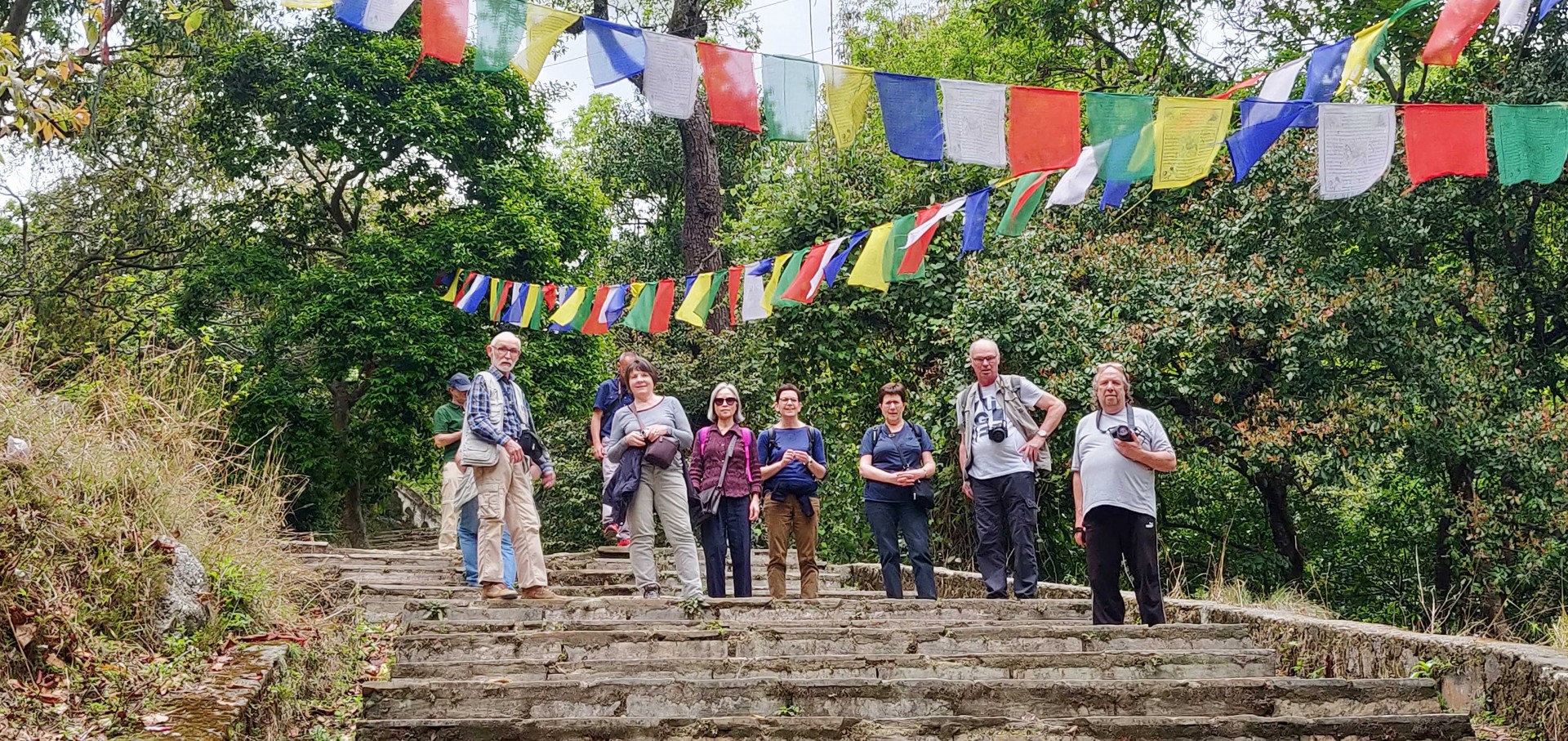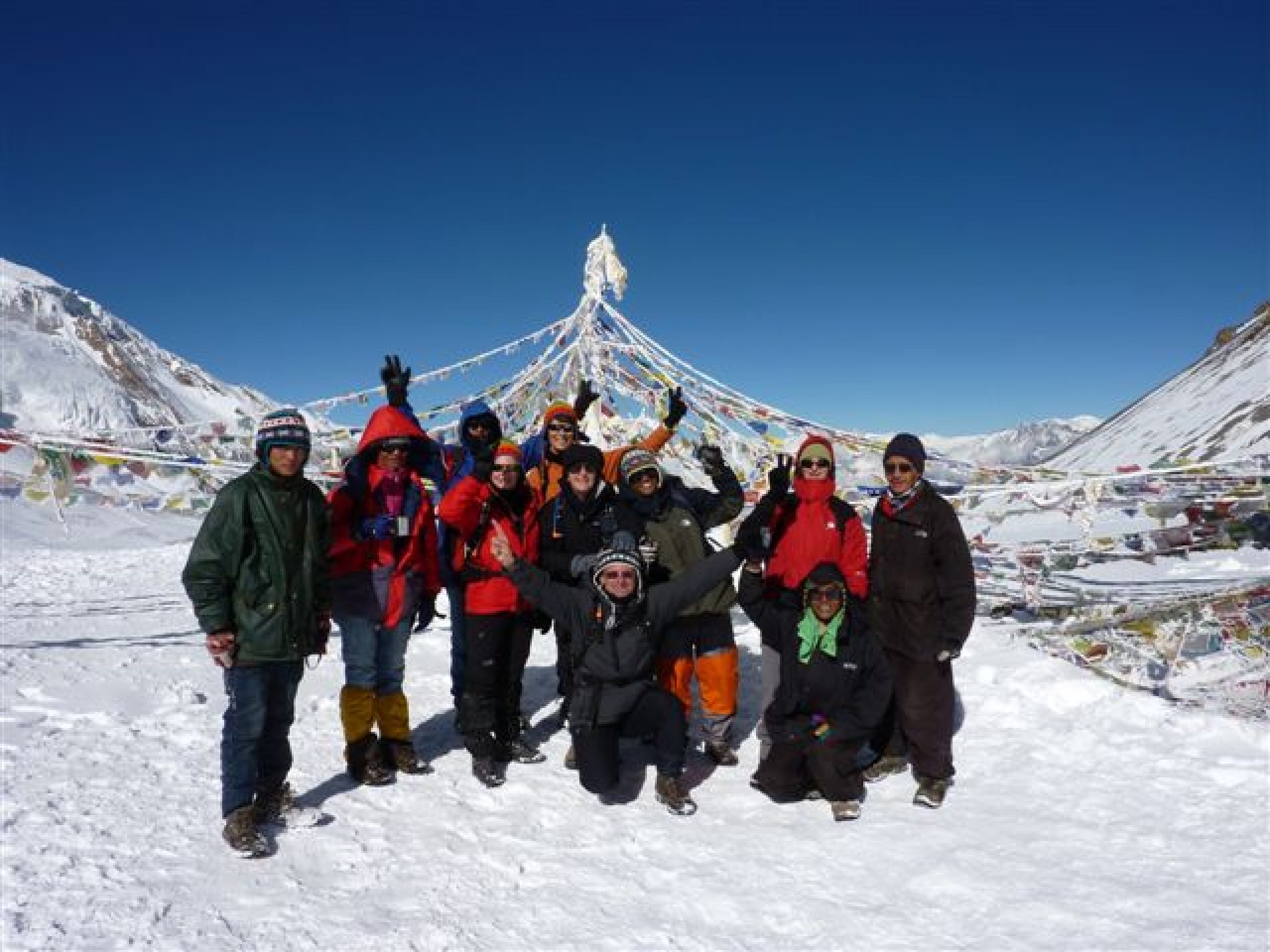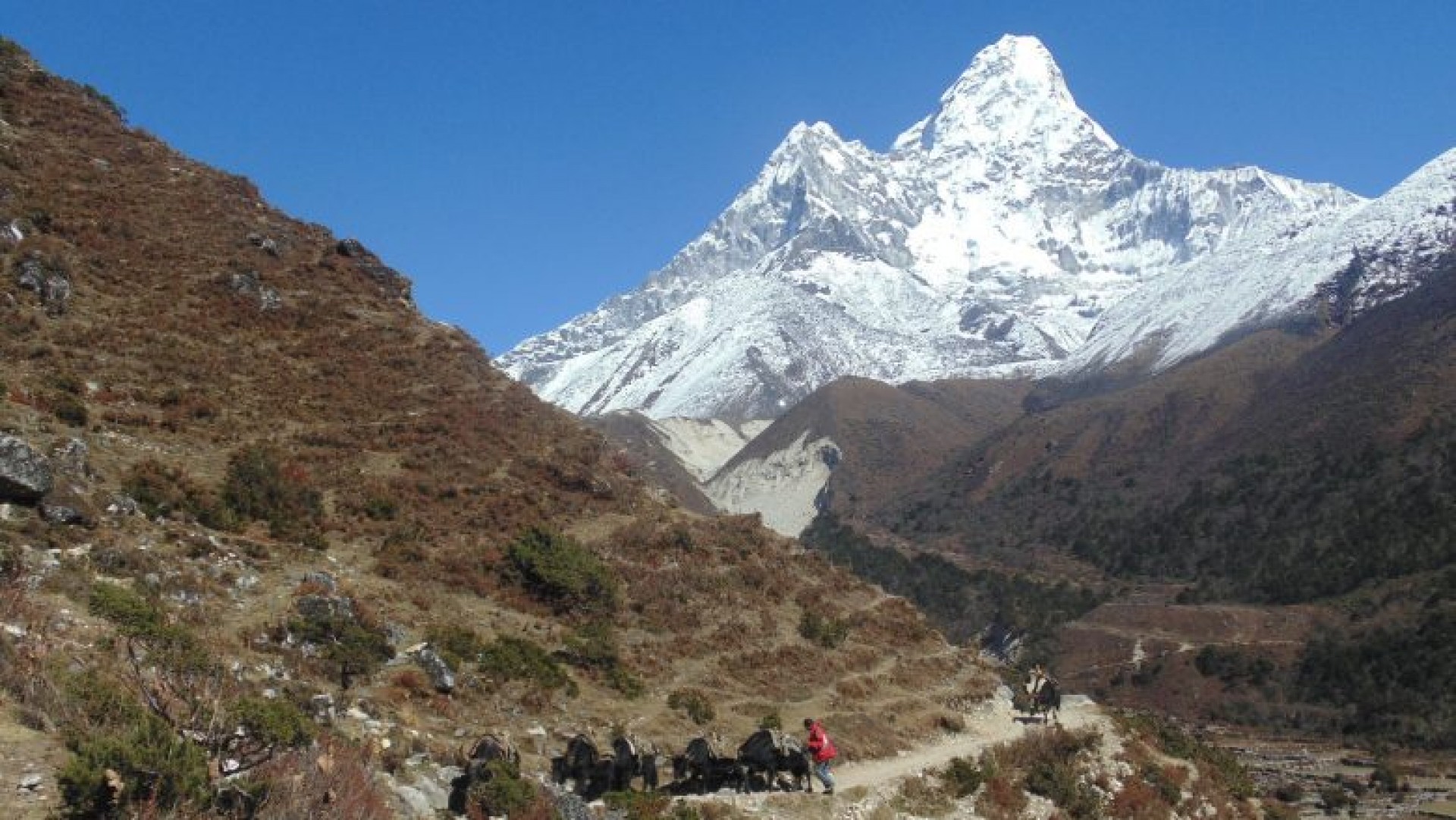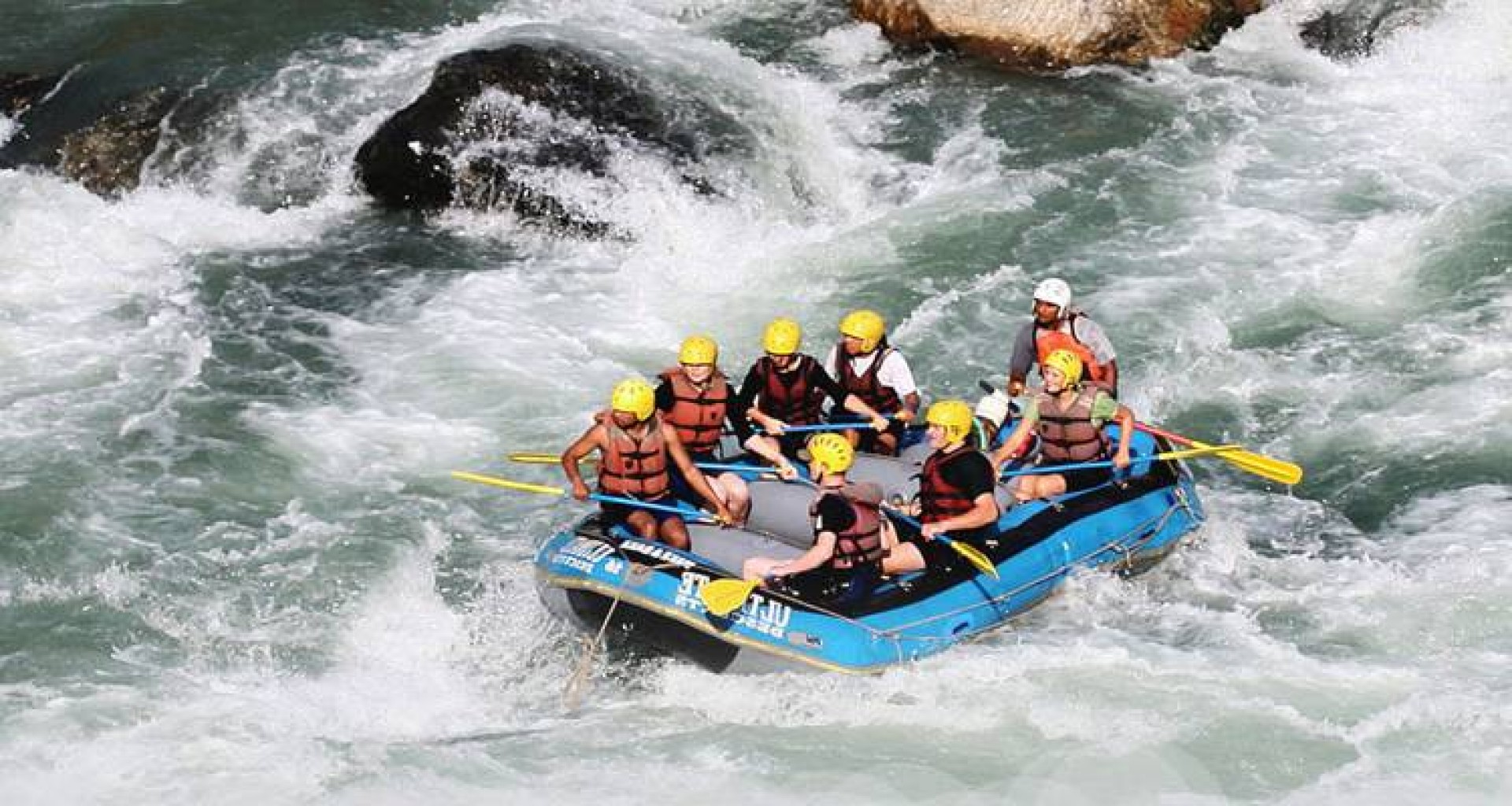Bhaktapur - Boudhanath - Pashupatinath 1D
Day Tour in 3 UNESCO World Heritage Sites, Bhaktapur Darbar Square, Bouddhanath Stupa and Pashupatinath Temple is an amazing experience in Nepal to discover their culture, architecture, lifestyle, religion as well as to test local Newari cuisine.
Cultural Tour starts at around 8 am in the morning and ends at around 4-5 pm in the evening according to the client's interests.
Bhaktapur, city of devotees. During the Lichivi period in about the 3rd century, it used to be a prosperous village known by the name of Khowpring or Khowpo or even as Badagaun in Newari Language. The city was originally designed like a conch shell in the 12th century by King Ananda Dev. There were 99 courtyards out of which only 6 remain. It lies 13 km east of Kathmandu and 1400 meters above sea level. The lifestyle in Bhaktapur is different than that of Kathmandu with unusual cultural and religious heritage sites. It is known as the cultural capital of Nepal and enlisted in the UNESCO WORLD HERITAGE SITE since 1979. A master piece of 17th century Medieval art and architecture are well preserved and renovated exactly as they were before.
Highlights:
- Siddhapokhari: (Holy pond constructed by King Yakshya Mall in the 15th century)

- Pottery Square: Experience a traditional way of making household utensils with black clay especially found in Bhaktapur using spinning wooden wheels. We can observe the process of making clay pots in different forms and drying in the pottery square each day.

- Taumadi Square: (18th-century Nyatapol Temple or 5 storey temple is one of the tallest temple in the country which was safe during the great earthquakes in the past. Goddess Siddhi Laxmi is the main deity enshrined in this temple. Kashi Bairav 15th century along with Betal pati an sattal)

- Darbar Square: (Golden Gate, Statue of Bhupatindra Mall, National Art Gallery, Masterpiece Stone Statue of Ugrachandi, Bairav, Narasingha, Hanumanta Bairav), 55 windows palace, Vatsala Temple, Krishna Temple, Chyasingh Mandap, Taleju Temple, Water spout, Yakshyashwor Temple etc.. most of them were constructed during the 17th century.

- Dattatreya Square: It is an open museum for wood carving.
Bhimsen Temple: The god of power worshipped by the business community was constructed in 1427 AD by King Yakshya Malla. Renovated by king Bishow Malla in 1458 AD as well as UNESCO and German collaboration in the early 70s.
- Dattatreya Temple: Pagoda style (Temple of Trinities) Bramha ( the creator) Bishnu (the Protector) and Shiva (the destroyer). Datta means to give and treya means three. Combination of Datta, Som, and Durbasa. This temple is also said to be constructed by a single tree-like Kasthamandap in Kathmandu.

- Pujari Math: 1458 AD by King Bishwa Malla. It was a very powerful Hindu monastery. It could even punish kings.
During the leisure time, the farmers produce household products like clay potteries, a straw mattress, cloths like hakupatasi and Black hat (Bhadgaule Topi), and famous king curd (juju dhau).
Boudhanath:

Approximately 6-7 km northeast from the center of Kathmandu, Boudhanath Stupa is commonly known as Boudha or Boudhanath (Lord of Wisdom). This is the largest stupa in the world with 120 ft in diameter, 1 hector in width, and 43.25 m in height with an area of approximately 6,756 sq meters. Many people believe that Bouddhanath was constructed in the 4th century by king Mandeva right after the death of Buddha. The stupa is said to entomb the remains (Astidhatu) of a Kashyapa Buddha. It is believed that Jyajima requested a Valley king for the donation of ground required to build a stupa. She was told to get as much place as she could cover with the buffalo skin. She was so clever that she cut a buffalo skin into thin strips. The king had no choice but to give her the land. It is said that Jyajima worked for four years and died then it took almost three years to complete the construction after her death, which was completed by one of her sons. Now we do have around 50 monasteries around the Boudhanath area.
We can buy colorful thangkas, Tibetan jewelry, hand-woven carpets, masks, and khukuri (knives) in Boudha. Smaller stupas are located at the base. Gompa monasteries, curio shops, and restaurants surround Bouddhanath. Restaurants with roof-top provide good food and excellent views of Bouddhanath. After the 1959 Chinese invasion in Tibet, ten thousand Tibetans settled down here since then the temple has become one of the most important centers of Tibetan Buddhism. Today it remains an important place of pilgrimage and meditation for Tibetan Buddhists and local Nepalis, as well as a popular tourist destination. Losar (Tibetan New Year) and BuddhaJayanti are major festivals celebrated in Boudhanath.

Pashupatinath is a famous, sacred Hindu temple dedicated to Lord Shiva and is located on the banks of the Bagmati River 5 kilometers east of Kathmandu Valley. This temple is considered one of the sacred temples of the Hindu faith. This holy place is listed in UNESCO World Heritage Sites since 1979 AD. It was said to be in existence since 400 B.C. constructed by Lichchhavi king Supuspa Deva mentioned in a stone inscription erected by Jayadeva 11 in the courtyard of Pashupatinath in 753 AD and being renovated by and modified by different kings. The head priest is Bhattas (Vedic Dravida Brahmin Scholars) appointed by Adi Guru Shankaracharya. Bhandari is the treasurer, temple caretakers, and assistant priest of the temple but is not allowed to touch God. A lot of devotees visit Pashupatinath on Monday since it is called the day of worshipping Shiva but people worship Pashupatinath every day. We can see a lot of monkeys on the premises and deers in the deer park. The most important festival is the Maha Shiva Ratri on the month of February, Bala Chaturthi, and Teej. The major highlights of Pashupatinath is cremations on the bank of Bagmati River seen every day, Deer Park (where Lord Shiva used to be an antelope), Ram Mandir, evening Ganga arati, Ananta Narayan, Kali, Dome style Laxmi Narayan Temple, the residence of holy Hindu monks popularly known as Sadhus, School of Vedic rituals and so on.
DETAIL ITINERARY:
Full Day Sightseeing Bhaktapur Darbar Square - Boudhanath Stupa - Pashupatinath TemplePACKAGE INCLUDES:
- Transporation throughout the day.
- Entrance fees.
- An experienced English speaking cultural guide.
PACKAGE EXCLUDES:
- Lunch
- All beverages hot and cold.
- Tips to guide and driver (tips are accepted but not mendatory)








